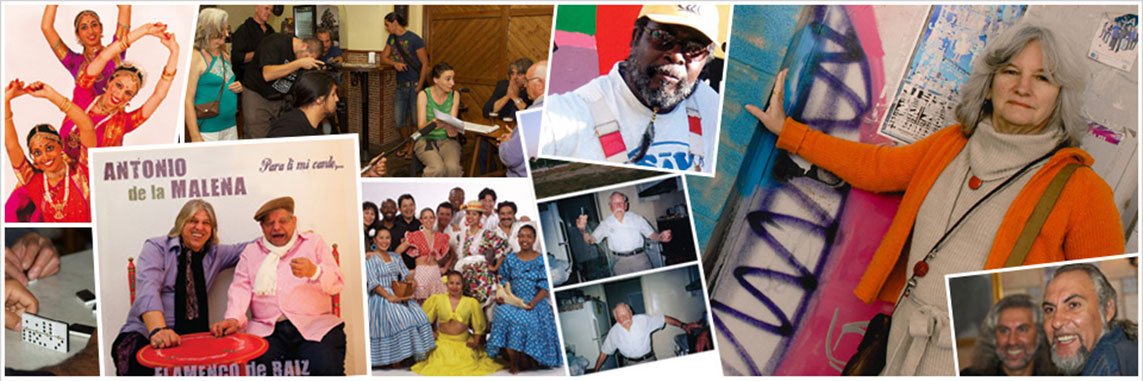Eve A. Ma's Weaving with Spanish Threads, eloquently relates to us the lesser known chain migration of Spanish immigrants to the Hawaiian islands and then to California. Far from being a predictable immigration history, it enables interviewees to tell their own engaging stories as they relate to the larger Spanish diaspora in the 20th century.
In particular, [chief interview subject] Mr. Francisco Perez's vibrant tales make the documentary a "must see" for any serious student of immigration, plantation life, and the nature of historical storytelling in Hawai‘i and points abroad.
.
Weaving with Spanish Threads: an Immigrant's Tale tells the story of an often ignored aspect of American immigration history. The documentary unravels the rich experiences of a group of European immigrants that scholars usually neglect in an area of the United States that remains sorely understudied, Hawaii. It also contributes to recent efforts to uncover the histories of labor contracts outside of the restrictive immigration system that was then emerging. Finally, it gives a clear sense of the complex relationship among those who left, those who stayed behind, and the people in the receiving country and sheds light on the intricate interethnic relationships that developed in the new society.
Weaving with Spanish Threads is an accessible and fascinating documentary that could easily appeal to students and the general public alike. At the college level, it would work in upper-level courses on immigration history, ethnic studies, citizenship studies, and western history. Excerpts from the documentary could also be useful in introductory courses to challenge students' assumption about who came to the United States and its territories at the turn of the nineteenth century.
.
Eve A. Ma's film Weaving with Spanish Threads takes us on a journey from impoverished southern Spain early in the 20th century to Hawaiian sugar cane fields, where Spanish immigrants seeking a better life cut cane and occasionally cut up. Many of those Spaniards later wound up in the [San Francisco] Bay Area in such workaday towns as Hayward and Oakley, working in the salt ponds among other jobs. The salty, sly Francisco Pérez, 98 at time of filming, recounts his story in a relaxed manner, serving as the film's centerpiece. This may not have production values of a Ken Burns documentary but it is a lively hour's worth of forgotten history.
.
The elderly gentleman could so easily have been my grandfather. It was almost like hearing him speak again.
.
Listen in as Francisco Pérez tells of his migration from Spain, to Hawai‘i, and California over the course of nearly a century. A total of 8,000 Spanish travelled to the islands from 1907 to 1913 on crowded ships that made treacherous, 50-day voyages around the Cape of Good Hope (before the Panama Canal) to the Hawaiian Islands. Pérez grew up working on a Maui sugar plantation alongside a multiethnic workforce of Hawaiians, Chinese, Portuguese, Japanese, Puerto Ricans, and Filipinos – all of whom longed for the plantation boss to call “pau hana!” (“finished work” in Hawai‘i Creole) at the end of the day.
Throughout this documentary, host Jaime Cader interviews the children of other Spanish immigrants who, like Pérez, came to Hawai‘i and then moved on to agricultural towns in California where they came into contact with Italians, Portuguese, and Sikh immigrants.
The stories told here are multigenerational ones, not only of immigrants overcoming adversity in the past, but also of their descendants who welcome us into their homes and give the stories new life.
Ultimately, these family tales pull Spain in the Atlantic and Hawai‘i and California in the Pacific closer together – explaining how migration across great distances makes for histories that can be both personal in nature and global in outlook.
_______________________
To learn more about Ma’s films, go to www.PalominoPro.com or sign up for our monthly Newsletter.
